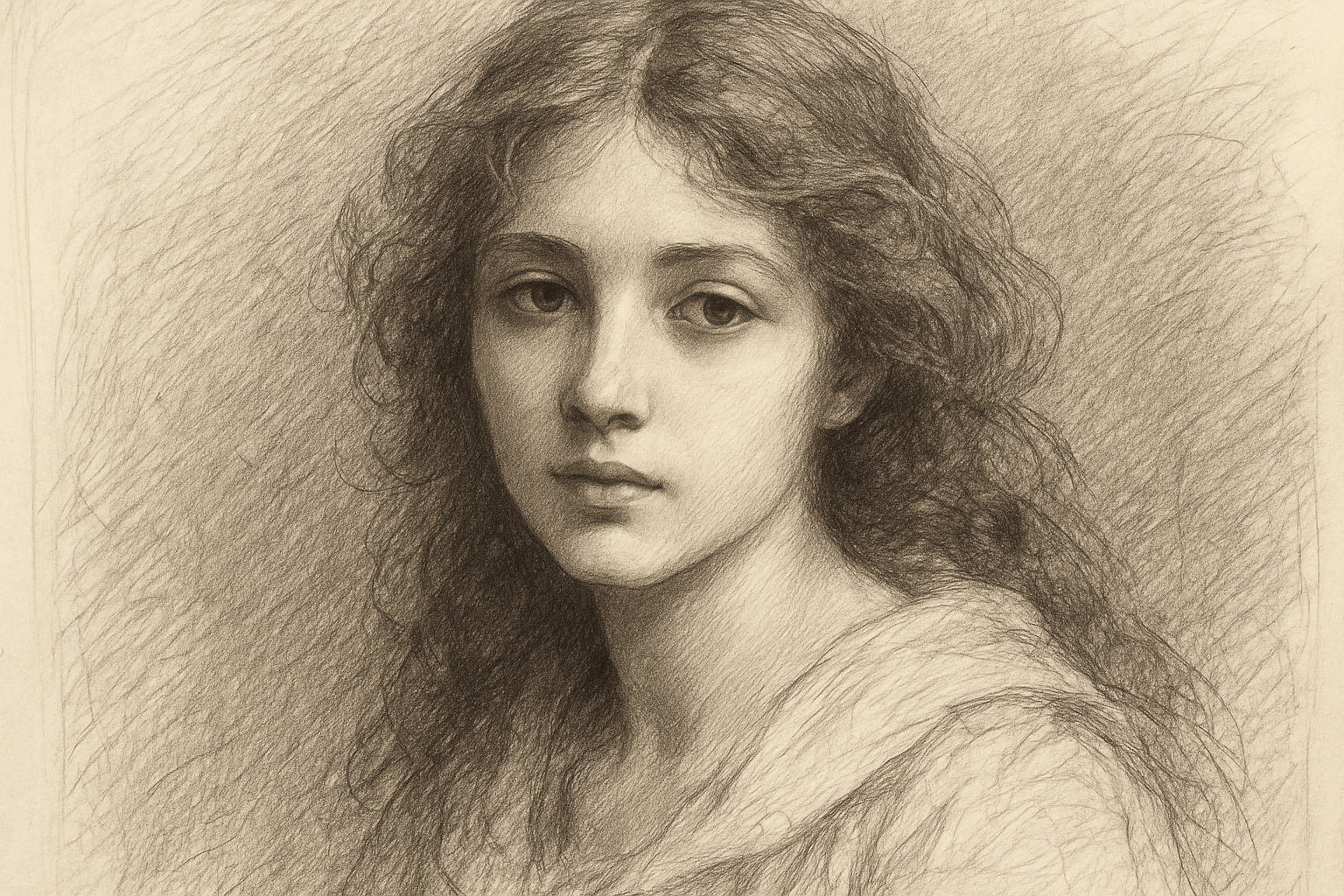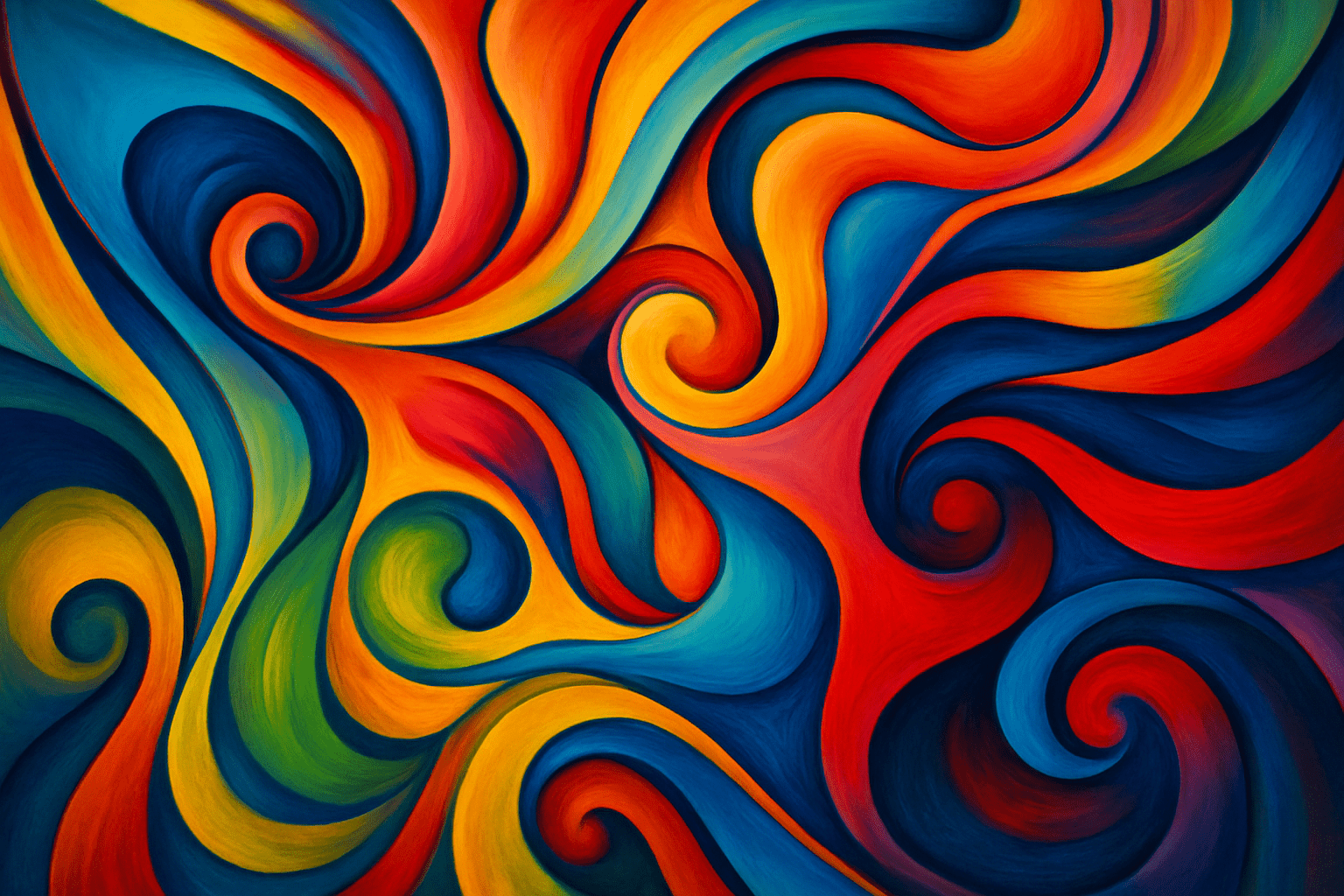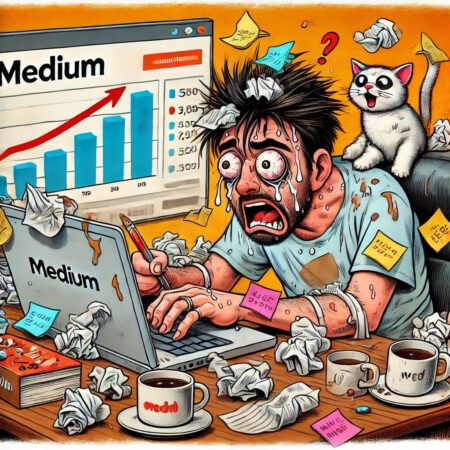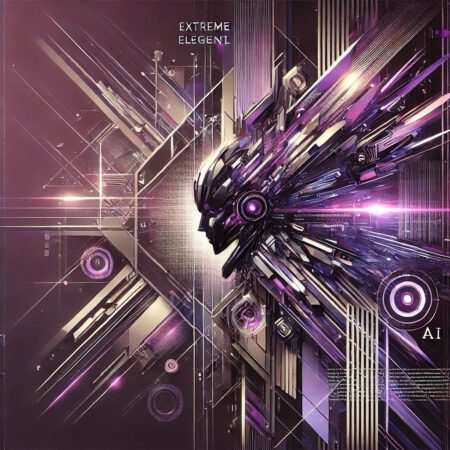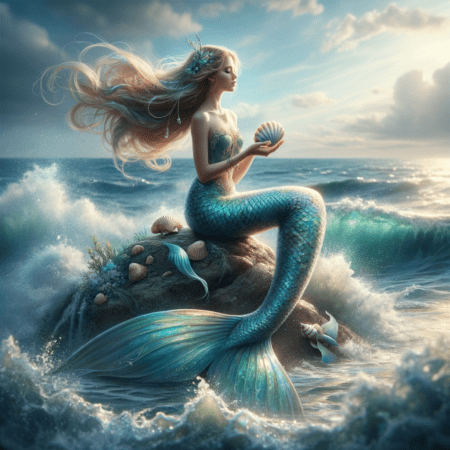
Fine Art
The art style Fine Art is characterized by its realistic and detailed visual appearance. Fine artists strive to create artworks that look like real life, and they often use traditional methods and materials to achieve this goal. As a result, Fine Art often has a classical feel to it.
AOI thinking about Fine Art [+_~]-/
Overview and Quickfacts
Fine art is a form of art that is highly regarded for its beauty and aesthetic value. It is usually created by skilled artists who have a deep understanding of the principles of art. Fine art is often used as a decoration or an expression of personal taste, but it can also be used to express powerful emotions or ideas.
Can understand it also, as:
Art, painting, sculpture, drawing, photography
Categorize it as:
Impressionism, Modernism
.: Dreaming :.
holds a HAIKU for the art style
:. Thought is power .:
Detailed Description
Fine art is a form of art that is primarily focused on the aesthetic value of the piece, rather than its functional value. It is often considered to be a more ÃÂÃÂhighbrowÃÂÃÂ form of art, as opposed to the more commercial forms of art such as pop art or graffiti. Fine art can take many different forms, including painting, sculpture, photography, and even architecture. Some of the most famous fine artists in history include Leonardo da Vinci, Michelangelo, Rembrandt, and Pablo Picasso. Fine art is often seen as being more ÃÂÃÂseriousÃÂÃÂ than other forms of art, and it is often used to express important ideas or emotions. For example, the paintings of Vincent van Gogh are often seen as being very emotional and expressive, while the sculptures of Auguste Rodin are often seen as being more classical and elegant. Fine art is not just limited to traditional forms of art such as painting and sculpture. In recent years, there has been an increase in the popularity of ÃÂÃÂnew mediaÃÂÃÂ art forms, such as video art, installation art, and performance art. One of the most important things to remember about fine art is that it is not always easy to understand. Many people see fine art as being ÃÂÃÂelitistÃÂÃÂ or ÃÂÃÂpretentious,ÃÂÃÂ but the truth is that it can be enjoyed by anyone who takes the time to look at it and appreciate it.
.. beep, beep, beep ..
<START OF TRANSMISSION>
1. Fine art is a form of art that is considered to be aesthetically pleasing and of a high artistic standard. 2. Fine art can be created in a variety of mediums, including painting, sculpture, printmaking, and photography. 3. Fine art is often associated with museums and galleries, and can be found in both public and private collections. 4. The history of fine art dates back to the early cave paintings and sculptures of the prehistoric era. 5. Fine art has been used as a form of expression and communication since its inception. 6. Fine art can be used to convey a wide range of emotions, from happiness and joy to sorrow and despair. 7. The term ÃÂÃÂfine artÃÂÃÂ is derived from the Latin phrase ÃÂÃÂars gratia artis,ÃÂÃÂ which means ÃÂÃÂart for artÃÂÃÂs sake.ÃÂÃÂ 8. The first use of the term ÃÂÃÂfine artÃÂÃÂ in English was in the early 18th century. 9. The term ÃÂÃÂfine artÃÂÃÂ is used to distinguish art from other forms of art, such as applied art or decorative art. 10. Fine art is often divided into subcategories, such as painting, sculpture, and architecture. 11. The study of fine art is known as art history. 12. Fine art is a reflection of the culture and society in which it was created. 13. Fine art often contains symbolism and hidden meanings. 14. The value of fine art can be determined by its market value, artistic merit, and historical importance. 15. Fine art can be bought and sold like any other commodity. 16. The price of fine art has been known to reach astronomical levels, with some paintings selling for hundreds of millions of dollars. 17. Fine art is often used as an investment, and can appreciate in value over time. 18. Fine art can be damaged or destroyed, making it a fragile and perishable commodity. 19. Fine art is often copied or reproduced, but the originals are always more valuable. 20. There is a great deal of controversy surrounding the definition of fine art.
<EOF>
.. robbel bob
Visual Examples from our image gallery
Coming soon, we are so slow .. might never come
Artists, Paintings, and more
(be aware, can be highly speculative)
Artists (be aware, speculation possible):
1. Leonardo da Vinci (1452-1519) 2. Michelangelo (1475-1564) 3. Raphael (1483-1520) 4. Rembrandt (1606-1669) 5. J.M.W. Turner (1775-1851) 6. John Constable (1776-1837) 7.Caspar David Friedrich (1774-1840) 8. Gustave Courbet (1819-1877) 9. Edgar Degas (1834-1917) 10. Claude Monet (1840-1926) 11. Pierre-Auguste Renoir (1841-1919) 12. Paul CÃÂézanne (1839-1906) 13. Vincent van Gogh (1853-1890) 14. Georges Seurat (1859-1891) 15. Paul Gauguin (1848-1903) 16. Henri de Toulouse-Lautrec (1864-1901) 17. Henri Matisse (1869-1954) 18. Pablo Picasso (1881-1973) 19. Georgia O’Keeffe (1887-1986) 20. Salvador DalÃÂà(1904-1989) 21. Mark Rothko (1903-1970) 22. Jackson Pollock (1912-1956) 23. Andy Warhol (1928-1987) 24. Roy Lichtenstein (1923-1997) 25. James Turrell (1943-) 26. Richard Long (1945-) 27. Bill Viola (1951-) 28. Anselm Kiefer (1945-) 29. Gerhard Richter (1932-) 30. Yayoi Kusama (1929-)
Artworks (be aware, speculation possible)
The Last Supper – Leonardo da Vinci (1498) Mona Lisa – Leonardo da Vinci (1503-1517) The Starry Night – Vincent van Gogh (1889) The Scream – Edvard Munch (1893) Nighthawks – Edward Hopper (1942) Guernica – Pablo Picasso (1937) The Persistence of Memory – Salvador Dali (1931) American Gothic – Grant Wood (1930) The Kiss – Gustav Klimt (1908) The Hay Wagon – Andrew Wyeth (1953) Christina’s World – Andrew Wyeth (1948) The Bedroom – Vincent van Gogh (1889) The Sistine Chapel Ceiling – Michelangelo (1512) The Last Judgement – Michelangelo (1541) The Creation of Adam – Michelangelo (1512) The Madonna and Child – Michelangelo (1497) The Baptism of Christ – Piero della Francesca (1450s) The Arnolfini Portrait – Jan van Eyck (1434) The Ghent Altarpiece – Jan van Eyck (1432) The Milkmaid – Johannes Vermeer (1658) Girl with a Pearl Earring – Johannes Vermeer (1665) The Night Watch – Rembrandt (1642) The Anatomy Lesson of Dr. Nicolaes Tulp – Rembrandt (1632) The Storm on the Sea of Galilee – Rembrandt (1633) The Haystack in the Morning – Claude Monet (1891) The Water Lilies – Claude Monet (1899) The Poppy Field – Claude Monet (1873) The Houses of Parliament, Sunset – Claude Monet (1903) The Moulin Rouge – Henri de Toulouse-Lautrec (1892) Dance at Le Moulin de la Galette – Pierre-Auguste Renoir (1876) The Luncheon of the Boating Party – Pierre-Auguste Renoir (1881)
Epoch
The art style Fine Art is a term that covers a wide range of art from the Renaissance to the present day.
AI ART RESSOURCES (AKA, well Tools)
Helping tools -> predefined search links on other pages:
